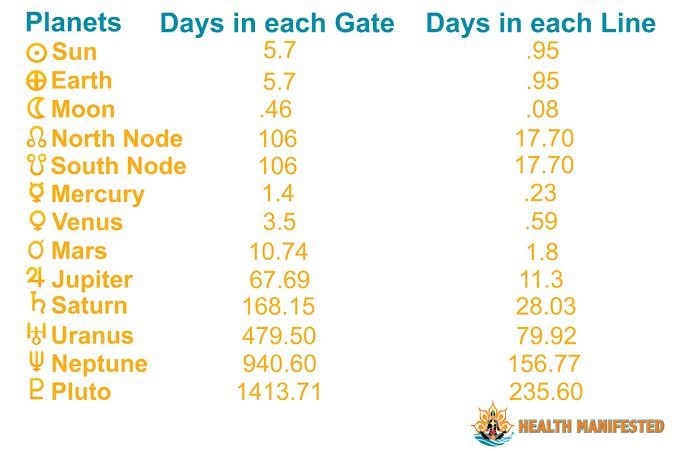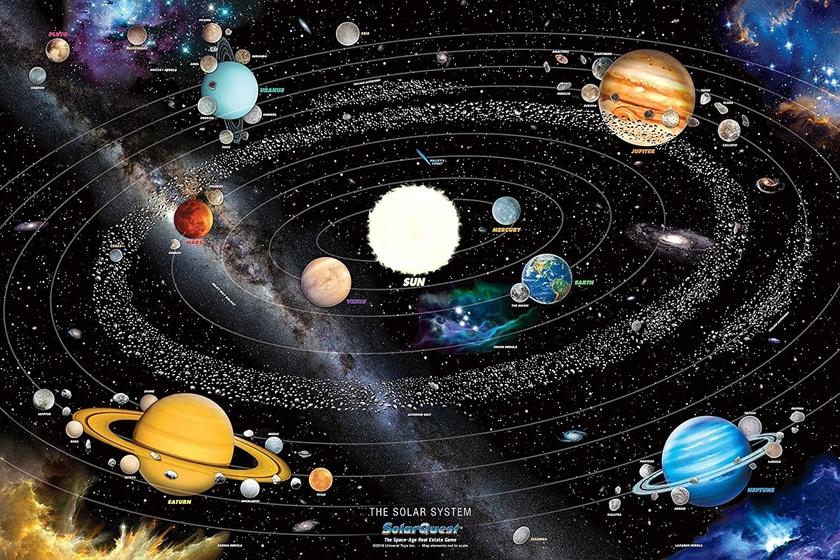Markets environment and the social dilemma (w/Cave references)
Dropping this in here unedited for format (maybe I’ll come back to do that 🤷🏻♀️) finally did it Nov 2024 😄.
"The external [Markets environment], as you can see, is something that fundamentally is really the way in which our whole material world has been built.
And there is a real dilemma that comes with this kind of environment; the dilemma is that the being has a much closer connection socially to the people that they work with than to their own families, whether it is their biological families, or whether it’s the families they create with a partner.
It’s something that we see over and over and over again in rela- tionships in every part of the world, particularly amongst males because it so happens to be the prevailing archetype,
this in essence having their whole social life geared to wherever it is they do business and having problems in their home life and having a lot of jealously and competitiveness, and so forth and so on.
These are people that end up with falling in love with bosses or employees or colleagues.
They say the level of affairs that takes place in the corporate world in the standard office building with thousands and thousands of people is enormous and a lot of that is rooted here.
And it is rooted in that external because there is a dilemma with the depth of the connection to the family.
You can see this moving out the cave is a movement that is sort of gradual.
First it’s, well, the cave in the back and the business in the front [Markets- Internal]. But it’s still connected to the family.
There is this opening up; and of course, the meeting of the others that are coming to the cave.
But the moment you move into the external you really move into this shift; it’s a real shift.
So you end up with people who have a dominance of relationships that are rooted in the business life.
Now, obviously this can be very helpful for somebody who is young, because in essence it points to the right direction for them—marry somebody who they’re going to have as a business partner. Somebody who is going to work with them, whatever the case may be.
This is somebody that needs to see that their outside work life is where they’re going to have their profoundest relationships.
So, one way of dealing with that is to have a partner that is part of that world.
Of course, in most cases we’re not going to be able to dispense that information, we’re dealing with adults who are deeply condi-
tioned and not necessarily involved in truly living out their strategy. And of course, there are all kinds of problems that come with that.
So we have two very different things here, but they bring with it a social consequence.
It’s the same thing with the cave people.
There is a social consequence of not wanting to mingle with the outsiders, this is social consequence.
Social consequence is that it can be much more difficult for these beings to make a living. It just can.
Again, and I’m speaking of that within the context of the way the not-self operates, to begin to see these things in the social dynamic.
It’s the most important thing that we’re looking at here. No one in the history of sociology has ever been able to see the evolution of the environmental patterns that transform the way in which human beings relate to others.
It’s very, very special. I want you to just have a sense of that.
So, your view here has to be as much sociological in perspective as it is in terms of the personal.
In terms of the personal it’s not very complex. It’s always that case with Design that you have simple surfaces.
In terms of the personal you look at this and you see somebody who has markets and they have internal and you know what you can say to them.
You know that environments in which it is going to be healthy for them, environments where they’re going to meet the least resistance are environments where they combine their living space and their working life; a combination of working space and business life in which their material life brings interaction. That’s it.
We have a lot of that now. In many ways the 2nd tone internal is becoming a very powerful force.
I live an example of it, in the sense that I live and work at home.
This is something that’s there in the program. I happen to be upper color nodally, I’m a 6th color shore, so it isn’t significant for me and it’s not a conditioning factor in the general sense of the word.
But it’s just interesting to note, again, that the 1st and 2nd colors bring these very basic constructs to the way in which we operate and particularly the way in which we operate or not on the material plane.
Again, with the external [markets], it’s the same basic presentation.
In other words, you have an advantage. Here you can say you have to see that your family, in a sense, is always going to be secondary in terms of the quality of your relationships to your business associations.
And not to be guilty about that, because the fact of the matter is by developing those deep relationships in the outside world, you’re enhancing not only your material potential, but you’re enhancing your own longevity.
Obviously, it says something about the relationship that they’re going to have with family. But remember, again we’re only seeing an aspect of a holistic view.
We’re seeing, in essence, one quarter of what the picture is. We’re not looking at the design internal, we’re not looking at the personality internal, and we’re not looking at the personality external.
We have four fundamental elements that ultimately synthesize as a holistic being.
So obviously this is a significant element that is there. And again, it’s something to think about in terms of the body and the body’s relationship to the maia.
In other words, for the cave people this enclosed environment is something that is so healthy for their physical body.
These are the kind of people that should never go outside if they don’t feel right.
Stay inside, stay within the shelter, stay within the closed environment because this is where there is the least resistance, this is where you can be the healthiest.
You know that when you’re dealing with market beings, the
external beings particularly, you know that for their bodies
they need to go out, they need those other specific hardscape environments.
And by the way, they end up going into cave like things, but they go in and they come out, just like the internal that has a cave that has a door that is open to the outside and allows them to come in. The vehicle is comfortable in these environments.
I want you to see that there is a real difference here, this foundation, this 1-2 [Environment Colors], is our world.
It’s the two most important environments in the world. It is the very basis of the quality of life.
It is the very basis of our social interactions and it is all here in these first two nodal colors.
But in approaching it—this is so huge, because I see it in another dimension.
For me, the nodal PHS [environment variable] is as revolutionary to the understanding of social humanity and the social evolution of humanity as the internal is to understanding differentiated brain function.
In other words, it is in a sense its own really extraordinary revolution in understanding the way in which we are designed as beings, as a species, the way we were designed to interact and to understand that we are designed to interact within environments, specific environments.
In other words, the way in which true relationships, deep relationships are intended to function, the way in which we evolve to deal with the other goes step-by-step through these very, very basic environments.
Your home, you can see how important it is, home. And think about the way in which this flows in the genetic continuity of all things.
You’re going to have 1st colors in your design, they’re going to be in different places, and you may have it nodally.
But it’s something to understand that for all of us there is a special connection to this concept. And it is a special connection because it is a physical thing for us, an essential physical [environment] ingredient.
There are very few human beings who can truly live without one.
And then you get to understand that we were designed to develop strong relationships with our blood, our kin. That’s the beginning.
And then the next step was to develop strong relationships with those that you could work with.
This is the story.
And the methodology for both: to develop a relationship with your family, lock them all into a house, and to develop a relationship with the other, create a material circumstance that forces them to work with and ultimately respect and appreciate each other. Ah, it’s beautiful. It’s just beautiful.
Then you see all those basic relationships that all human beings have. We all have this love/hate, close or not relationships with our families. We all have that.
They’re the ones that know us the best in a sense. We’re the ones that know them so well.
We all have these things we can say about our children, our parents, whatever, this knowing that comes from the cave.
Then there are these relationships that we have developed outside of the cave, and relationships that have arisen out of our pathway through the material world beginning with school. These are our bonds.
As we move upwards [color numbers] we’re going to see that these basic bonds, the foundation of society in civilization, that there is a progression that takes place, that there is a transition and an evolution in this process until we finally get to the 6 and we see what it looks like at the end of this particular cycle of evolution.
So whenever you’re looking at the 1-2 environments remember that you’re looking at something that is very rigid, in the same way that you look at the internal 1-2 [Determination], the rigid 1-2, the caveman/cavewoman diet and the very, very rigid repetitive menu of the 2, you have to see that this is just as rigid and primitive in its own way.
So it’s going to be very, very important for people in that sense to align themselves through their process to these environments that are healthy for them.
And for us to be able to prepare them for what that brings to them, because there are consequences obviously.
It’s not like they’re children and they’re naturally going to be raised in a way in which they’re going to be aligned correctly to what is the right nodal [environment] perspective for them.
The not-self is such a mess.
It’s why we always need to go back to the basics and make sure that people are really following that strategy so they can get the advantage of the cognition and begin to align on the nodal plane.
Because in the end it’s a beautiful thing, just as it is to know what it is to live by your authority, it is a beautiful thing to see that your vehicle, because it’s a signpost that you all need to watch, that your vehicle, when it’s correct, will naturally move to the environment that is correct for it. You just will.
That’s the magic. And then it’s [about] what the personality will do.
Will the personality be able to take advantage of it?
Will the personality be able to take advantage of the potential of the relationships with the other, all of those things, because, of course, the great dilemma is the personality.
And remember that the moment that the notself steps into this game we lose the cognition, it’s all gone, you can forget about it. We just do [lose it].
And these people are off in the wrong place, they just are. And they get exactly what they deserve because this becomes the obverse.
You go into the wrong place; the not-self leads you to the wrong place so that you can have that perfect wrong place not-self slap. That’s what you get."
-Ra Uru Hu
Thanks Gaia Pulelehua


















